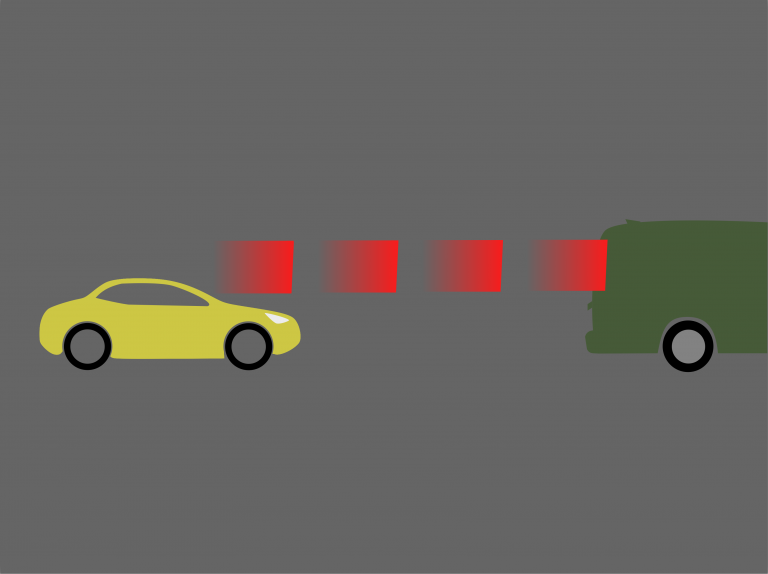Listening to the radio via frequency modulation (FM) has its pitfalls. Not all stations of choice can always be received, and these are also locally limited. Noise-free analog reception is also not always guaranteed and sometimes significantly limits the playback quality. Using an ESP32 microcontroller, a 128×64 OLED display and an encoder, a simple web radio was built that can be programmed wirelessly and is suitable for connection to an audio amplifier.
Wifi FM-receiver with ESP32, OLED display and wireless update (OTA)





